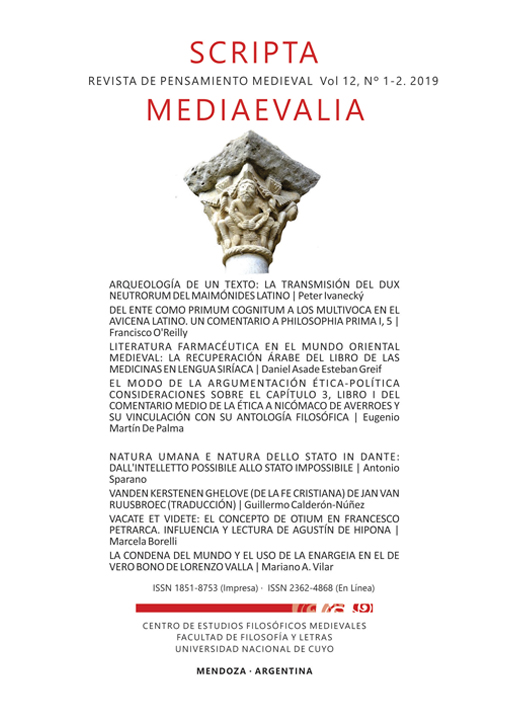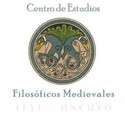The Condemnation of the World and the Use of Enargeia in Lorenzo Valla’s De Vero bono
Keywords:
De Vero Bono, Lorenzo Valla, contemptus mundi, nature, enargeiaAbstract
Lorenzo Valla’s De vero bono begins with a speech by the character of Cato Sacco, which is part of the tradition of the contemptus mundi. In this section we can find an original view of the common places of both the Christian and the pagan traditions of lamentation for the sorrowful condition of man and the hostility of nature. First, we will establish some links with the De miseria humane conditionis by Lotario da Segni, the De remediis utriusque fortunae by Francesco Petrarca and the De seculo et religione by Colucio Salutati, texts that Valla could have used when writing his own composition. Finally, we will focus on the use of enargeia (translated into Latin as euidentia), a rhetorical resource that Valla used to reflect on the effectiveness of oratory, and we will hold the hypothesis that the defeat of Cato opposed to the interventions of the other two speakers is a consequence of his inability to present verbal images that can draw us to the real goods






































